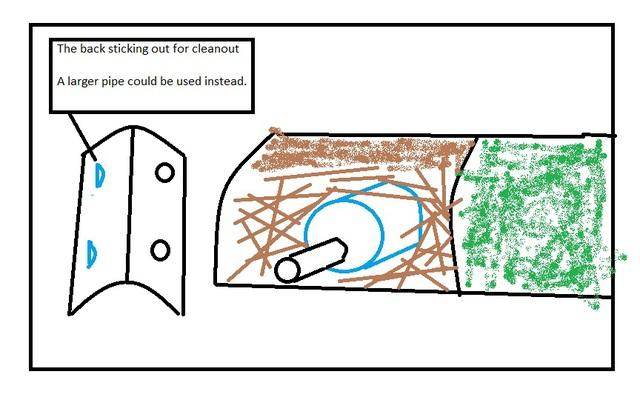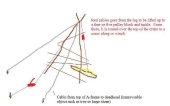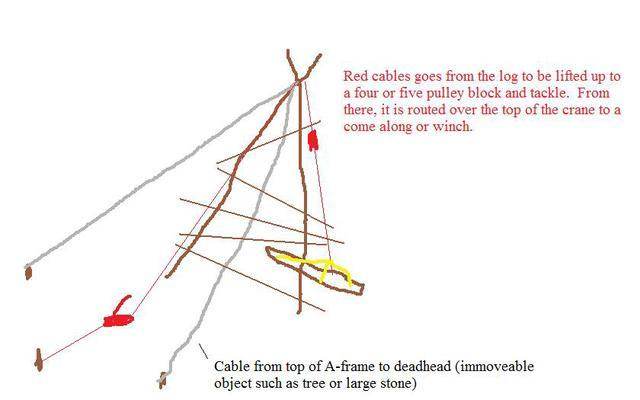



kadence blevins wrote:please don't take my reply as disheartening, I mean this only to help.
a) rabbits dig and if you want them to stay in you will need to put down fencing on the ground and around the entire area with spacing at least 1x2inch and preferably 1x1 around the bottom edge of the perimeter fence. to keep the rabbits in and predators out.
*the most amazing pen in the world is no good if the rabbits get out and no rabbits in it*
Definitely planned on digging and placing wire around the exterior.
b) really depends on your area what all you will need to do to make the area predator proof. I know for my area I would need solid walls around the bottom perimeter and chicken wire above that, 1x1 wire on the ground, and bird netting over the top held up good.
Predator pressure is pretty lite. Owls are the only real problem so I will probably have to use some avian netting.
c) how many rabbits are you planning on? rabbits can and will quickly turn a lush area into dirt and/or mud if they aren't rotated somehow or they have a seriously huge area to eat from. which of course if the area is huge that makes it hard for you to gather up the fryers.
My thought is maybe 6 breeders in a 1000 sq/ft area. Cut and carry forage will also be provided.
d) 55gal drums sound good but you need to make sure they will have adequate ventilation. the animals breathing when they are in it will make condensation on the inside of the drum and drip to the bottom. so need holes drilled in it to make sure any moisture can get out. if it cant then it could make mold grow inside which could kill the rabbits.
you also want some drainage because the kits do pee and if adult rabbits decided to potty in it.
Definitely needs holes drilled or possibly just a half barrel with a dirt floor. good call The backs will be designed to be used as cleanouts.
e) definitely make sure if you built it that you can somehow open it up and clean the drums periodically. as I said before reasons as well as you will want to check nests to pull out any dead kits.



